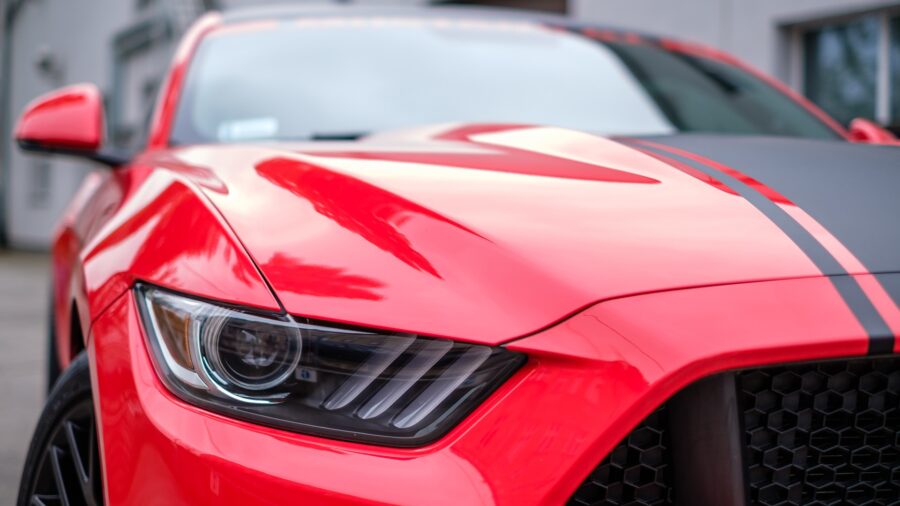In the last 4 years, Australians have changed the way they buy cars. They’re taking longer to do it, and spending more time researching online. Choice is also very influenced by their spouse or partner. However, there is a gap between the vehicle they intend to buy and the one they actually buy.
A recent online survey by carsales.com.au and Ipsos, The Journey to Vehicle Ownership 2021, revealed some interesting results. Some of them would be influenced by the pandemic but others are a reflection of current trends.
We are taking longer to buy cars
The carsales.com.au survey compares car purchase in 2021 with 2017. It analyses four general stages in car buying:
- Gain a general understanding of the car market
- Focus on a shortlist
- Review the contenders in detail
- Purchase and ownership.
In 2021, it took a full 7 months to buy a car, including a whole month for purchase and ownership. However, buyers in 2017 took only 2.7 months to fully complete purchase of a car.
In mid-2019, BrandSpark claimed most car buyers spend only 6 weeks researching cars before choosing a dealership to visit.
Why did we spend so long in 2021? Obviously a new car is an important purchase but perhaps lockdowns offered more time to spend doing research. Car buyers have increasingly more sources of information to explore – search engines, forums, manufacturer websites, car enthusiast sites, dealerships and, of course, spouses and partners.
More influence of partners
We are most influenced by our spouse or partner in every stage of the car buying process. This was a strong influence in 2017, but not in all four stages.
Other influential sources continued to be search engines, car comparison sites, Facebook Marketplace and manufacturer websites.
We’re not happy with dealerships
It appears from the 2019 BrandSpark survey that people wanted to buy a car from trusted dealerships. Baby boomers were more loyal than millennials to particular dealers and willing to recommend them, perhaps because of their longer experience.
In 2021, carsales.com.au claims one reason buyers visited dealerships was to check whether the model they wanted was available. This is because supply was so restricted by the global semiconductor shortage.
Its survey found only 28% of customers thought the experience was excellent or very good, 25% less than in 2017.
- Women had fewer positive experiences than men and more negative experiences
- The number one negative for all buyers was pressure to sign on that day (35%)
- Lack of communication was second at 33%, not even mentioned in 2017.
In 2021, 65% of respondents said they needed finance to buy the vehicle, compared to 44% in 2017. Research from Europe suggests most consumers would prefer to complete at least this part online.
We’re more willing to purchase online
The Cox Automotive Insight Report shows Europeans are willing to do most of their research online but most used car buyers still want to negotiate with the dealer in person. This is no surprise, considering buying a used car has always been done mostly face to face.
- 64% wanted to go to the dealership to physically experience the car and complete purchase
- Only 5% prefer to do all the purchasing online and have the car delivered
- 77% valued the art of negotiation and a last-minute deal.
However, not everyone likes negotiating the final price. The carsales.com.au research found dealers can also be unwilling.
Why and what we intend to buy
In the past 4 years, motivations for buying a car have not changed dramatically. In 2017 and 2021, the top reason was respondents regularly updated their car anyway. However, two new reasons entered the top 5 in 2021: avoiding public transport and extra savings.
It appears intention to buy is not a very powerful predictor of the type of car bought:
- 72% intended to buy a petrol vehicle but 75% purchased
- 18% intended to buy an EV and only 2% purchased
- 30% intended to buy a hybrid but 5% purchased.
This does not mean the chances of buying an EV or a hybrid won’t increase. It’s just likely to be less than these respondents currently intend. Meanwhile, pressure is growing on governments as well as their citizens to increasingly consider the environment in their choice of vehicle.


your opinion matters: